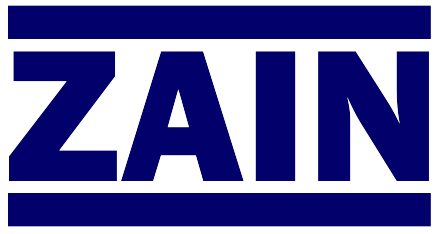Applications of Fluid Mechanics and Similitude to Scale-up Problems
Author:
J. H. Rushton
This technical reprint discusses the applications of fluid mechanics and similitude to scale-up problems in chemical engineering, emphasizing that achieving dynamic similarity is crucial for using pilot plant data to design larger, equivalent process equipment. It reviews the fundamental concepts of forces, velocity ratios, and dimensionless groups like the Reynolds and Froude numbers, which govern fluid motion and can be used to predict flow patterns across different equipment sizes. The document presents a generalized approach for determining the necessary parameters for similitude, offering examples in operations like mixing, gas absorption, and mass transfer.
Key Learnings
- Dynamic Similitude is Essential for Scale-Up: Successfully scaling up chemical processes, especially those involving liquid motion and reaction rates dependent on concentration distribution, requires achieving dynamic similarity (equal ratios of forces) between the pilot plant and the large-scale equipment, not just geometric or kinematic similarity.
- Fluid Motion Governs Reaction Rates: Processes like absorption, desorption, dissolution of solids, and mass or heat transfer are significantly dependent on fluid motion (flow pattern), which is in turn affected by equipment size, boundaries, and fluid properties.
- Dimensionless Groups Define Similarity: The condition for dynamic similarity is met when ratios of the inertia force to other forces (like viscous, gravity, or surface tension) remain constant. These ratios are represented by fundamental dimensionless groups:
- Reynolds Number ($Re$): Ratio of inertia force to viscous force.
- Froude Number ($Fr$): Ratio of inertia force to weight (gravity) force.
- Weber Number ($We$): Ratio of inertia force to surface tension force.
- Cauchy Number ($Ca$): Ratio of inertia force to elastic force.
- Scale-Up Restriction: When multiple property forces (e.g., viscosity and gravity) are simultaneously influential, dynamic similarity cannot typically be achieved using the same fluid at the same conditions in different-sized equipment; this imposes restrictions on the scale-up process.
- Model Laws Determine Velocity Ratios: Equating the relevant dimensionless groups allows for the derivation of "model laws" that establish the required velocity ratios ($u_r$) for scale-up based on the length ratio ($L_r$) and property ratios (e.g., $u_r \propto 1/L_r$ for viscous control, and $u_r \propto \sqrt{L_r}$ for gravity control).
- Parameter Determination: The necessary parameters (dimensionless groups) for characterizing flow can be determined directly by dimensionally analyzing the governing differential equations (e.g., Navier-Stokes equations) or indirectly through dimensional analysis (like the Pi theorem) combined with experimental data.
- Force Dominance: The relative values of the dimensionless groups indicate which forces are dominant: High Reynolds/Froude/Weber numbers mean inertia forces predominate (fully developed turbulence); low numbers mean the corresponding property forces (viscous, gravity, surface tension) are effective.
If you can’t see the PDF, click "Open in new tab".

